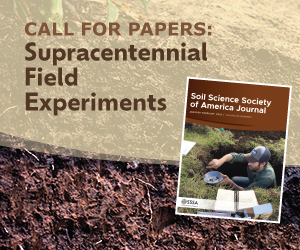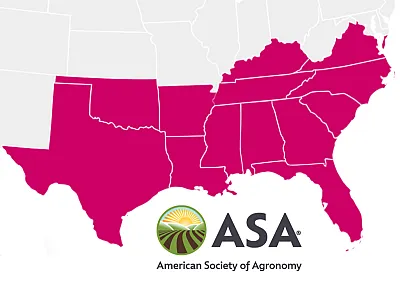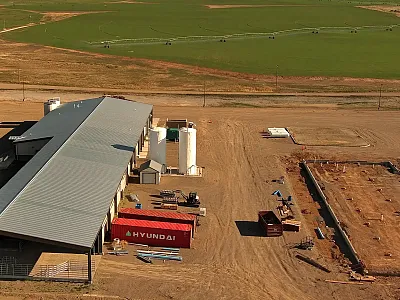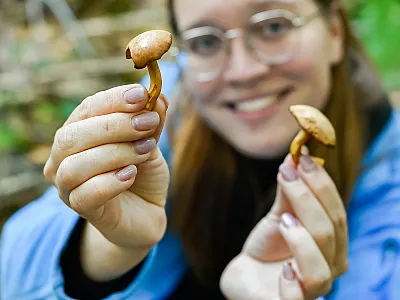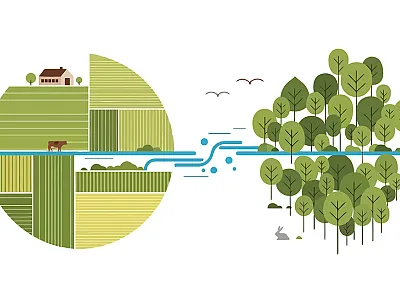Further refining needed for applying bermudagrass stem maggot insecticide
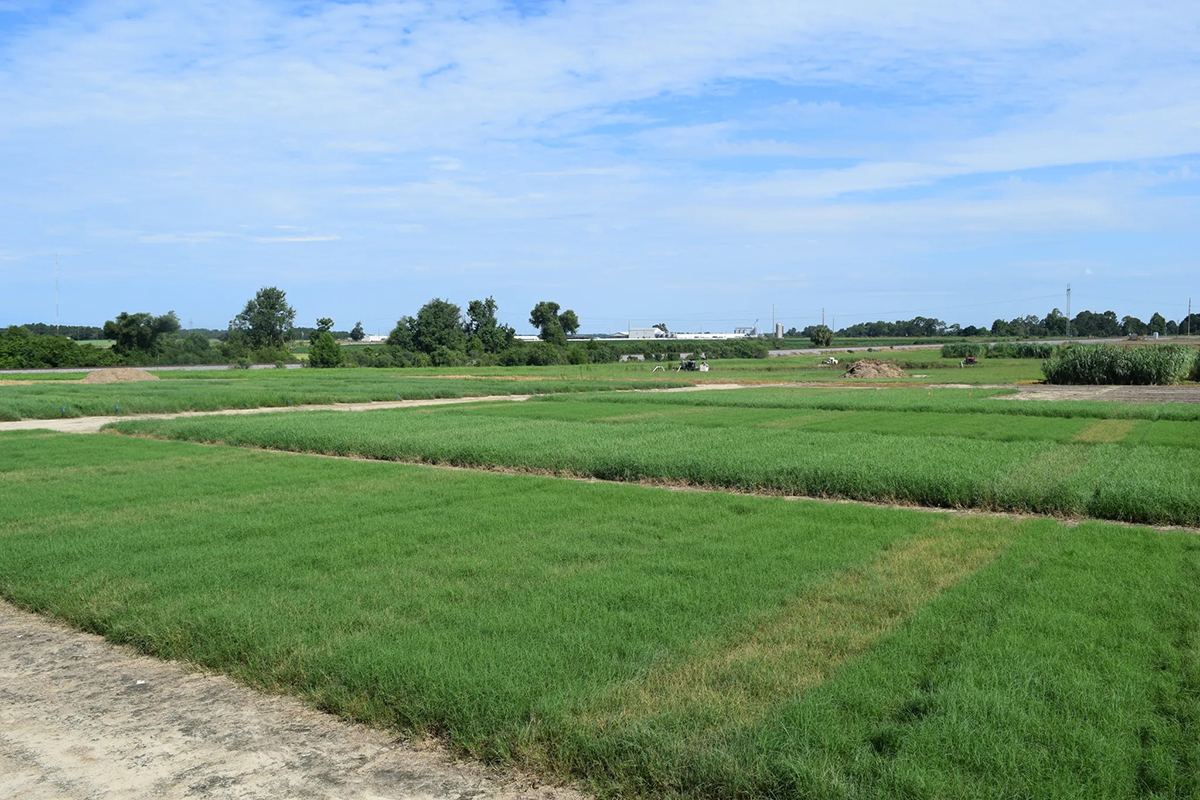
Bermudagrass is one of the primary perennial forages grown in the southeastern United States, but the feed crop is heavily damaged by the bermudagrass stem maggot (BSM), especially in late summer to early autumn. This can lead to significant economic and agronomic impacts if the BSM is not suppressed.
Strategically timed synthetic insecticide applications can significantly reduce adult BSM populations, but application timing should be further refined for better BSM suppression. Researchers from the USDA and University of Georgia aimed to utilize knowledge on how average daily temperatures affect plant development to improve efficacy of insecticide applications.
The team evaluated the use of a degree day model for timing insecticide applications on two bermudagrass cultivars (“Alicia” and “Tifton 85”), with eight insecticide timing treatments ranging from 100 to 400 growing degree days. The use of insecticide increased forage production beyond the untreated control, but the timing of the insecticide applications unexpectedly did not impact production, contradicting feedback from local bermudagrass growers. However, the day of application may have been confounded with the time of application, as BSM have been found to be more active in the morning, before dew dries. Future investigations should explore this interaction to further refine application timing.
Dig deeper
Baxter, L. L., & Anderson, W. F. (2025). Evaluating the degree day model for timing insecticide applications to suppress the bermudagrass stem maggot. Crop, Forage, & Turfgrass Management, 11, e70056. https://doi.org/10.1002/cft2.70056
Text © . The authors. CC BY-NC-ND 4.0. Except where otherwise noted, images are subject to copyright. Any reuse without express permission from the copyright owner is prohibited.




